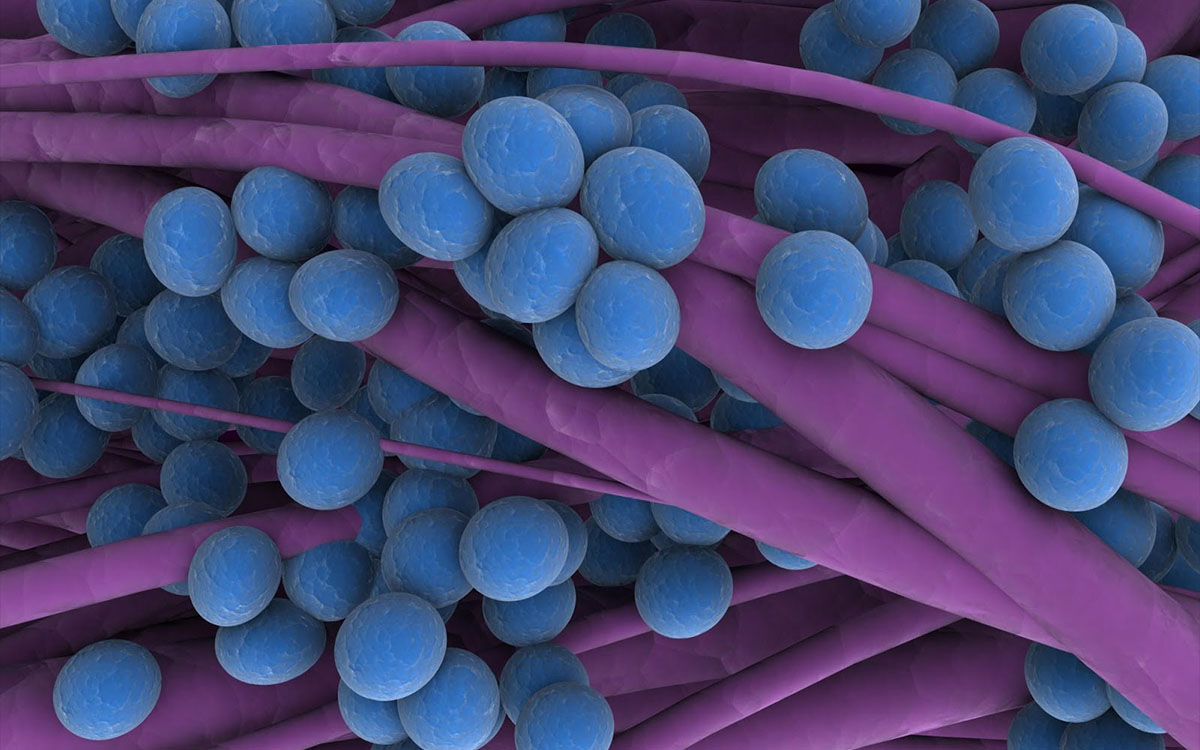why microbes hold the key to astrobiology

Bacteria are the most adaptable forms of life we know of, able to survive and thrive in everything from a boiling hot geyser, to a dark, subterranean chamber, and even in radioactive waters of nuclear reactors, though there is a limit on how much radiation they can absorb before their bodies break down. This radical diversity often means that wherever biologists look for traces of life in exotic environments on our world, they almost always find at least one strain of bacteria that happily lived there for tens of millions of years, and apparently, the vast real estate under the ocean floor is no exception. According to a story flying around major media outlets last week, as much as half of the planet’s entire biosphere might consist of various microorganisms buried under the ocean floor and feeding on such things as gases from thermal vents and minerals from the sediment.
Referred to as intra-terrestrial life, this biomass is particularly interesting to a number of researchers because it can shed light on how to find living things on Mars or Europa where any aliens would most likely thrive deep under the surface, in warmer environments close to geological hotspots. This is why the JOIDES Resolution, a scientific drill ship, will spend a year sailing across the Pacific and to the mid-Atlantic ridge, on a search for new microbes and tracking how they move through mazes of sub-oceanic aquifers by staining local colonies with dyes along the way.
And there’s another notable point of interest for biologists here. On the one hand, life on our world could’ve started in remote, subterranean chambers and eventually moved upwards, closer to the shallow seas, hot springs, and other habitats, evolving photosynthesis while it migrated. Conversely, we can also propose that life began in the shallow seas and eventually finding its way down as new bacterial strains evolved to use the nutrients in volcanic vents, soils, and rocks to fuel its metabolism.
Studying microorganisms which may be ancestors of the hypothesized universal common ancestors in many evolutionary charts could give important clues to the validity of this theory and help us narrow down where life began. If half of all living things really make their home under oceans, continents and mountains, we need to find out why this is the case and apply what we can learn to the question of abiogenesis. After all, if we’re able to come up with a theoretically sound, evidence-backed model of how living things get their start in he kind of environments one would expect to find a newly formed planet, we’d be better equipped to either look for aliens on other promising worlds in our solar system, or construct models of how life may emerge in a very different set of conditions we could find on icy planets, moons and in other solar systems…





